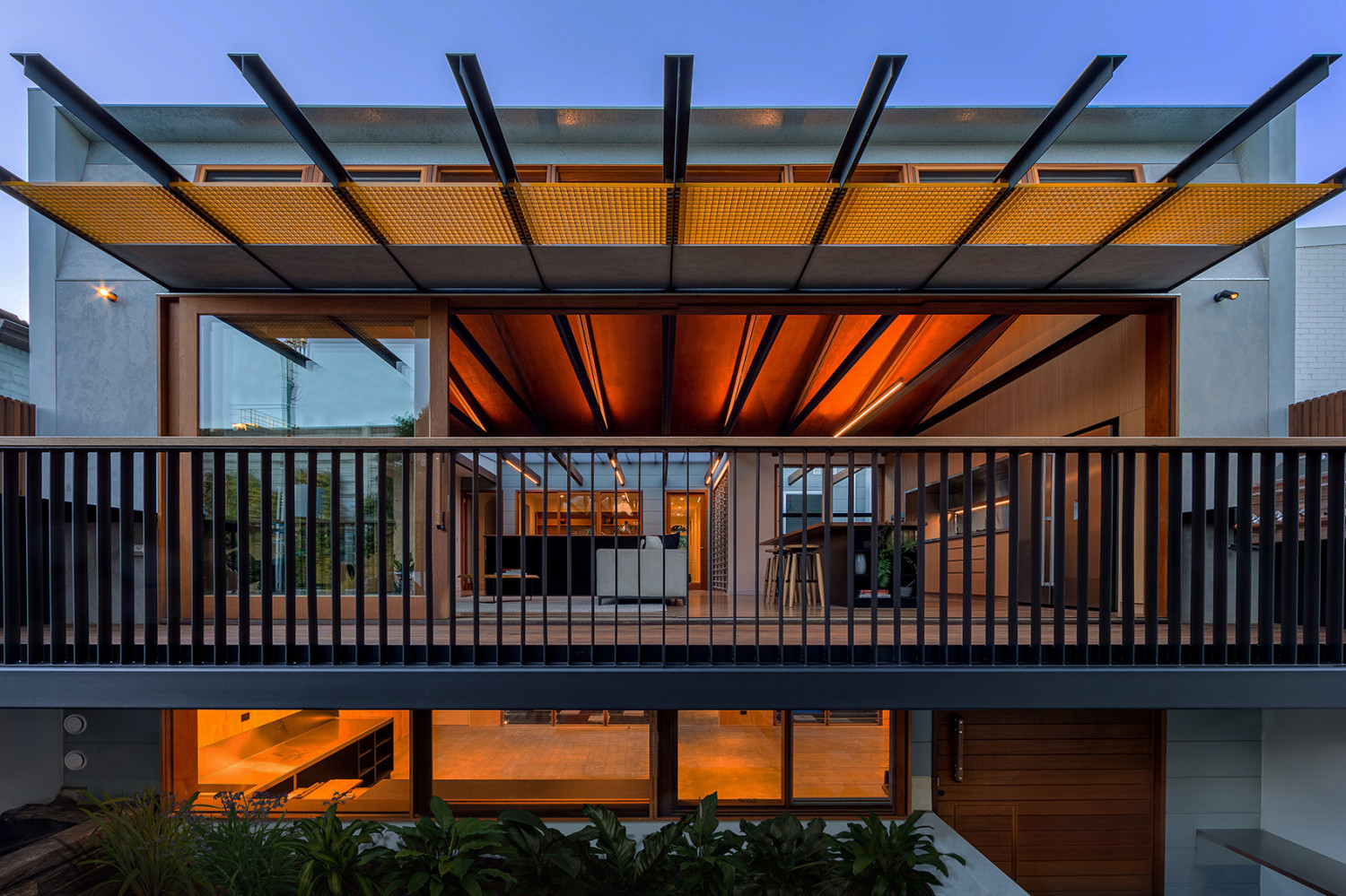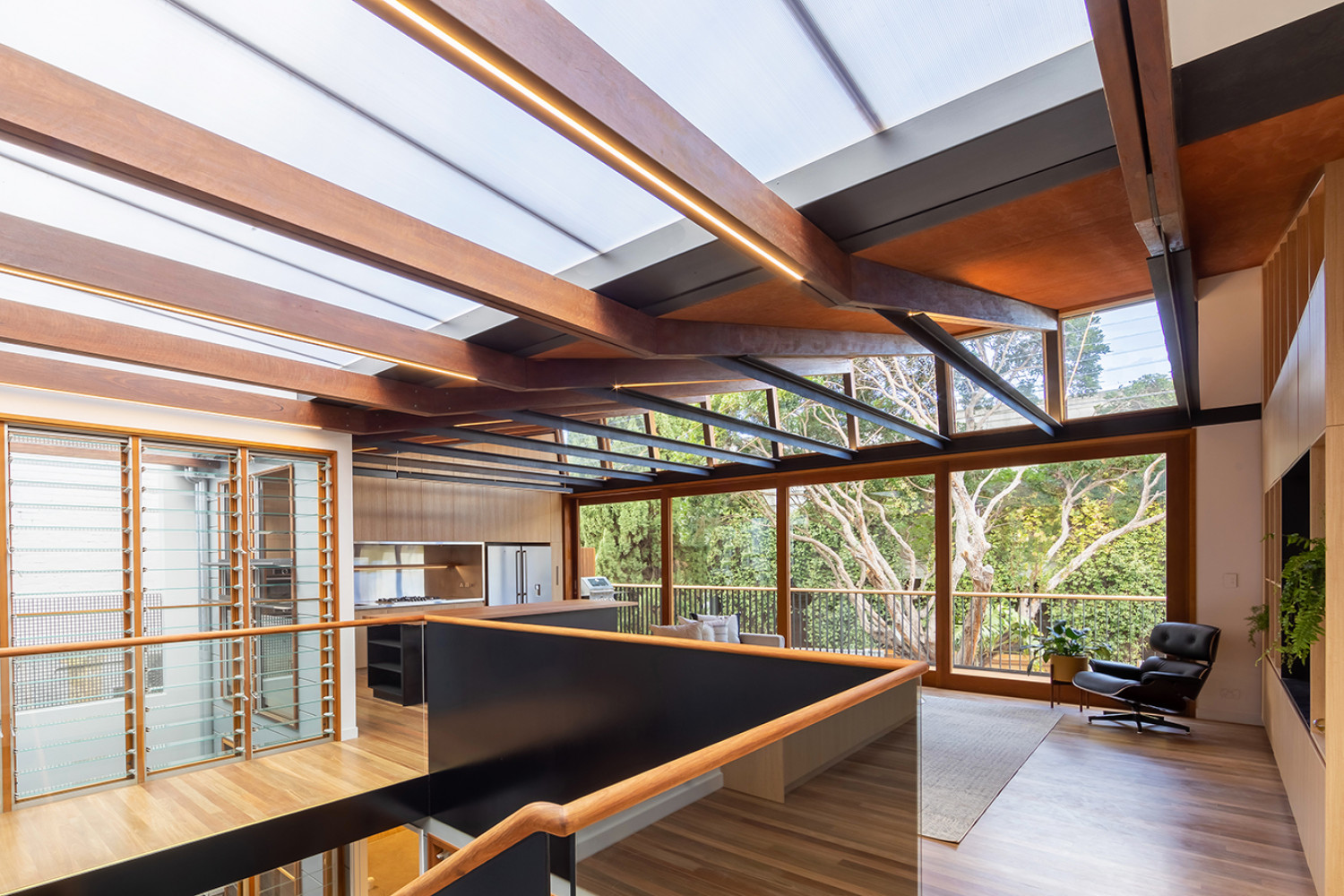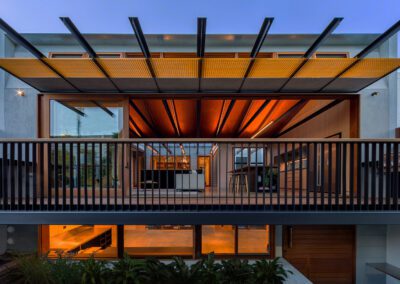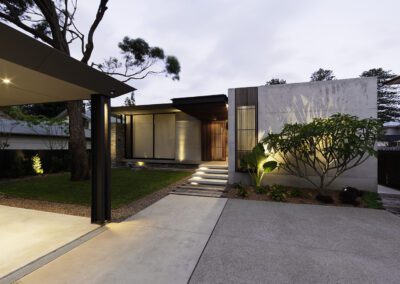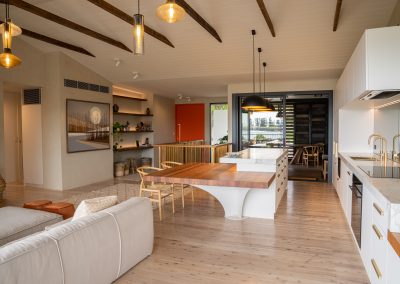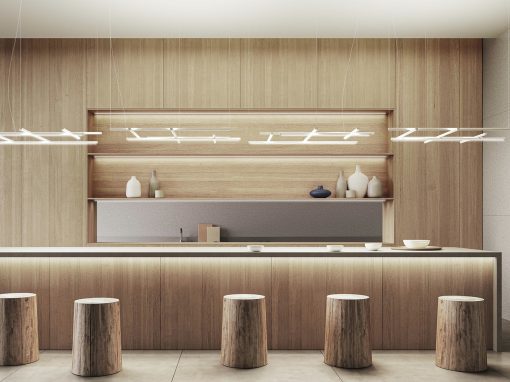THE CURRENT CLIMATE
(around 26ºC if you were lucky to have aircon)
Over the last two years a lot more time has been spent inside our homes. Following lengthy stay at home orders, a lot of the population traded in their typical office set-ups for kitchen tables, spare rooms, outdoor terraces, and any flat surface that could hold a monitor and keyboard. For those essential workers who continued to head into their place of work through the height of the pandemic (and we tip our hats in respect to them), usual weekend activities like dining out with friends, heading to see the latest Bond movie, or watching a Cronulla Sharks win at the pub, were traded with Zoom trivia nights, homemade ‘cocktails of the week’, and attempting extravagant recipes with your partner (followed by heated games of Rock-Paper-Scissors for who had to wash up). It’s safe to say that our quality of life over that period was largely dependent on the features of our homes.
Being restricted on what we could spend our disposable income on, in conjunction with the HomeBuilder stimulus package, saw many choose to upgrade these living environments. According to the ABS, total monthly private residential renovations across the nation surpassed the $1 billion mark for the first time in February 2021 and grew again to $1.14 billion in March – a significant increase compared to the same data in 2019, where the average monthly value was approximately $680 million.
Higher-than-average spending on home renovations caused demand for building materials, fixtures, and fittings to increase substantially, and in late 2021 subsequent price increases were felt across the board. With many now well into their home improvements, 2022 sees homeowners aiming to get maximum value from their purchases, in turn optimising the value of their renovation investment.
Often referred to as the fourth dimension of architecture, lighting can help to add its own value to areas in the home by creating much-needed contrast, warmth, and intimacy, without the need to completely overhaul a space. In the commercial sector, lighting is one of the first elements to attract value-engineering, however, its value is more adequately perceived in the residential sector – given adding light fixtures to your home comes at a fraction of the price of many ‘knock-down and rebuild’ style renovations. Light can enhance a space, and there are some simple tips that can help maximise its value in a price-sensitive climate. Let’s dive in by comparing the three most referenced types of illumination: General Lighting, Functional Lighting, and Accent Lighting.
1. GENERAL (& COST-EFFECTIVE) ILLUMINATION
Setting the general level of illuminance in the space, ‘ambient lighting’ is typically achieved using recessed fixtures, given they are neutral, unobtrusive, and fit in with a range of different styles. Positioning and layout are key to beginning to build contrast in the space, with the common rule of thumb to take the ceiling height and divide it by two to determine the appropriate spacing between fixtures. While lens-based downlights typically emit softer beams and produce less glare, more cost-effective reflector-based downlights may be preferred as a way of saving costs in general areas, to allow for greater spending in areas you want to bring more attention to. It’s key to look for downlights with light sources set back from the ceiling, as these will minimise the glary angles from eye level. Using cheaper recessed downlight variants will also allow you to consider twin configurations – a common trend in many high-end residential builds.
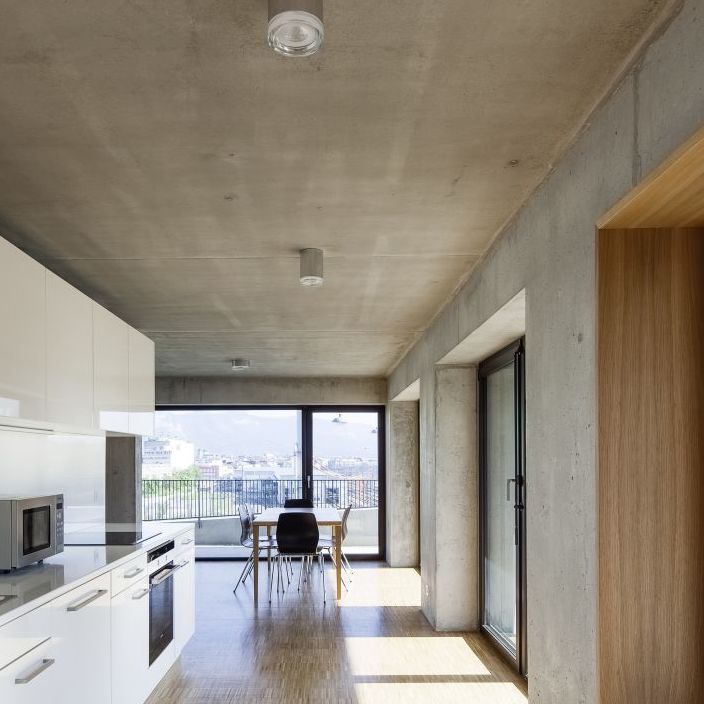
Downlights
A downlight is most often used to provide general lighting in a specific space.
See full our full range
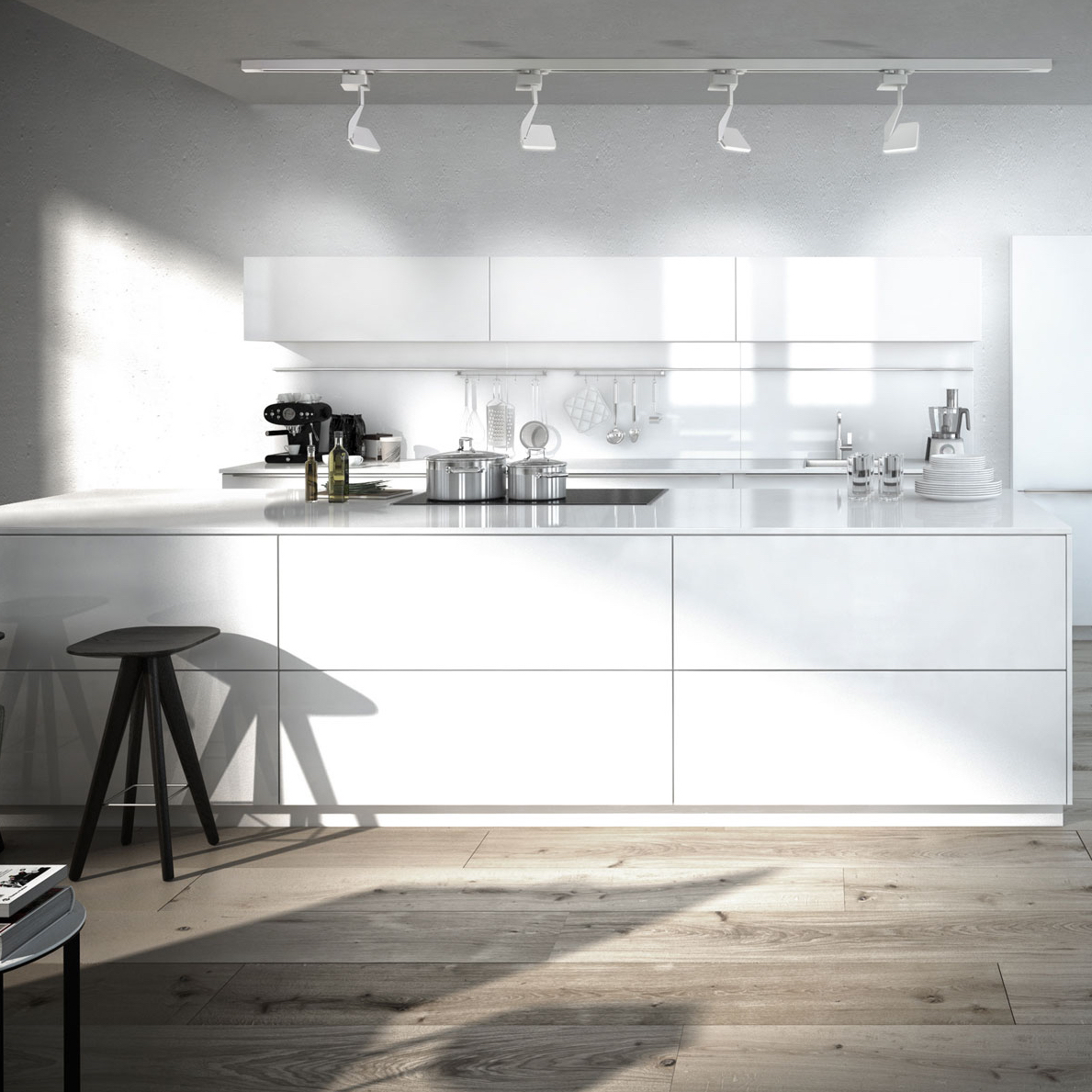
Track Lighting
Versatile, flexible, and purposeful spotting – steering away from standard uniform lighting
See full our full range
2. TWO TASKS, ONE LIGHT
Helping us to achieve certain tasks like cooking, reading, and working, ‘functional lighting’ serves a distinct purpose. Here we suggest selecting fittings that serve more than one purpose to receive the most value for your purchase. With older light sources being replaced by well-performing LEDs, purely decorative pendants that emit low levels of light are quickly becoming a thing of the past. Stunning statement pendants that also offer task lighting are a must for many designers and often serve as functional art even when they are switched off.
As more rechargeable gadgets and wearables become part of everyday life, we have seen all-in-one charging stations rise in popularity. With aims to offer fixtures that are more than just lights, many luminaire manufacturers are now offering the same charging features and connectivity via bedside lamps, desk lamps or floor lamps.
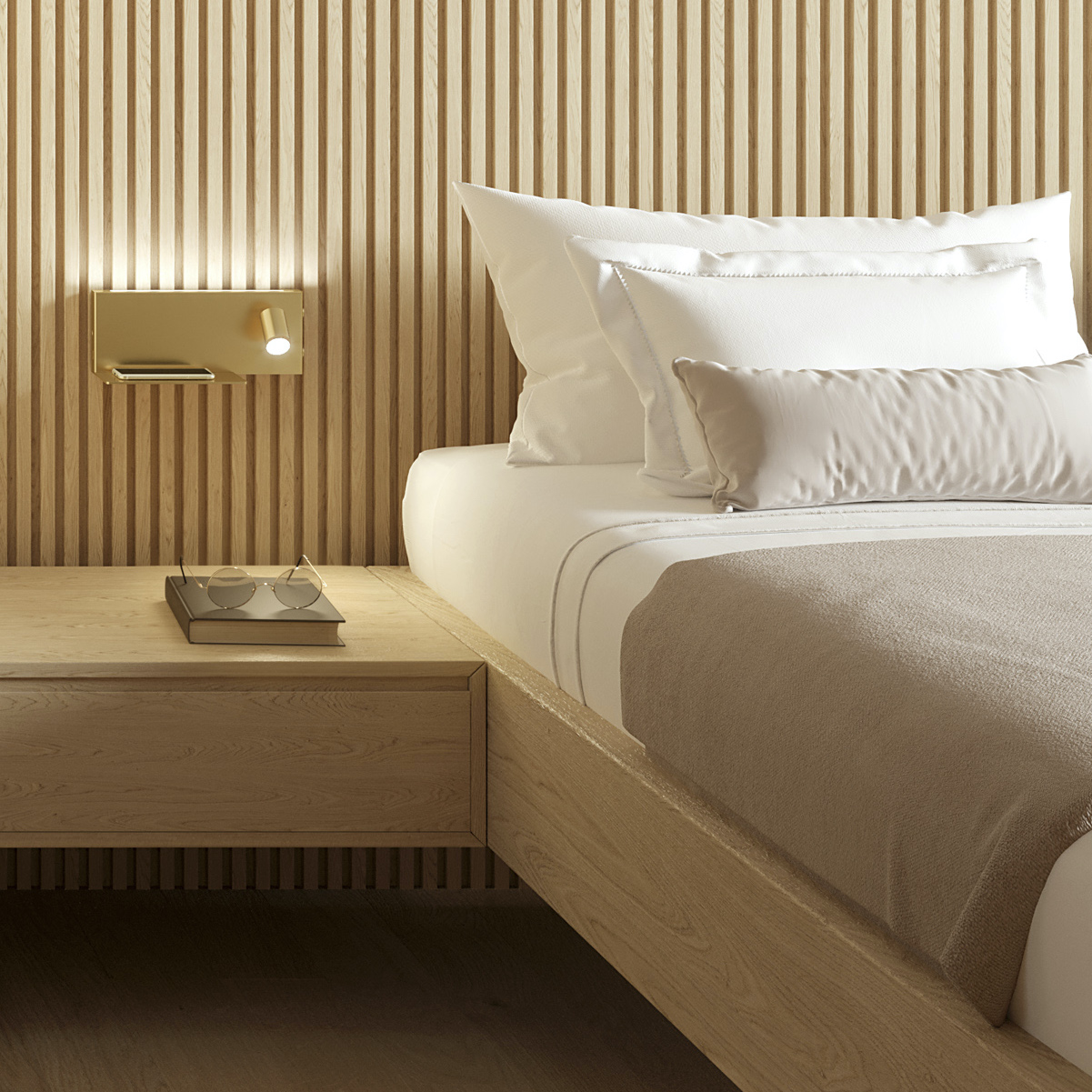
Jay, by Panzeri
Wall mount fitting for bedrooms with indirect diffused light and adjustable reading light.
View Product
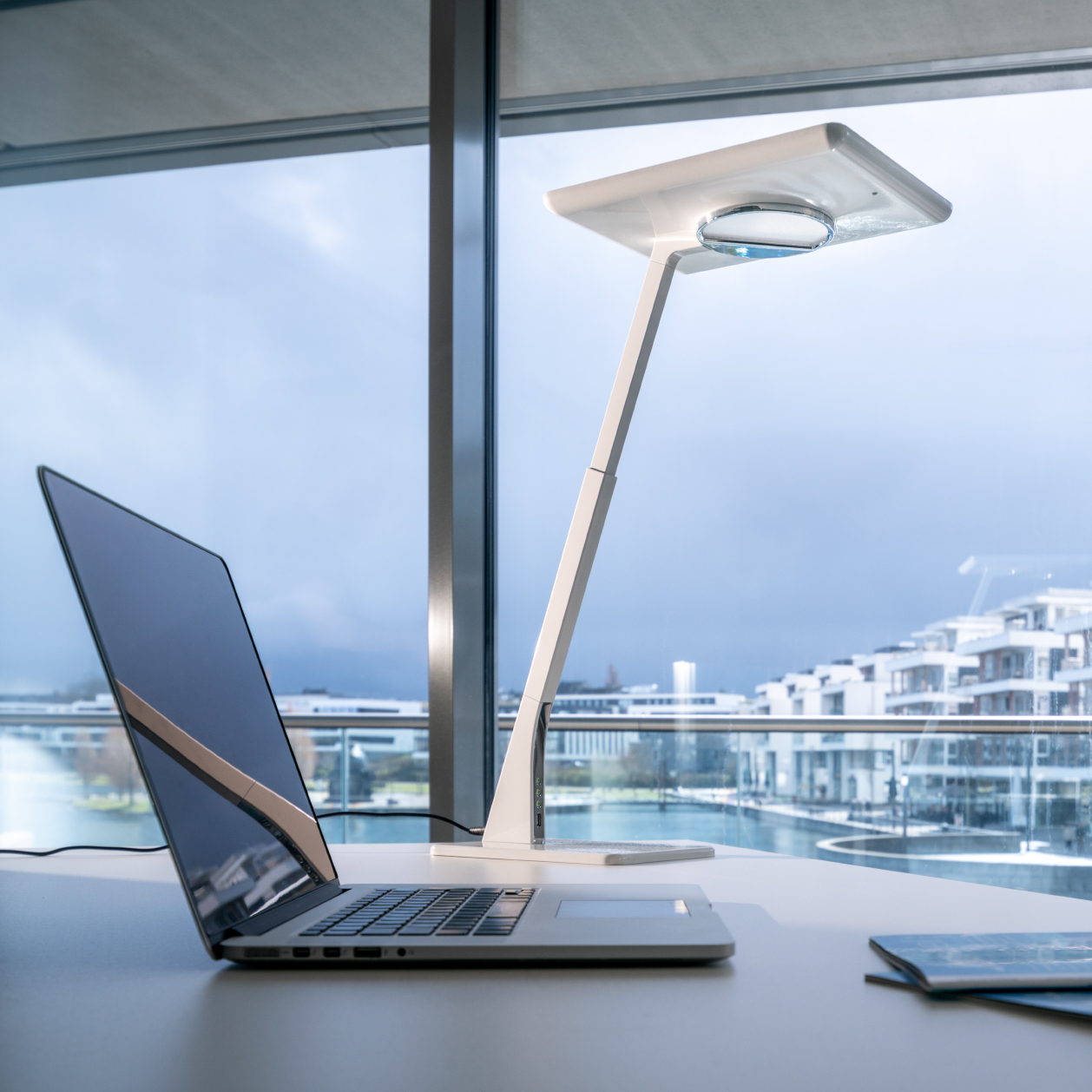
Bicult, by TRILUX
The first desktop luminaire in the market to combine direct and indirect light output, thereby ensuring standard-compliant lighting.
View Product
3. ACCENTUATING EXISTING ARCHITECTURE
Accent Lighting is used to highlight certain objects, areas or features in the architecture that we want to call attention to. Again, it’s key to consider the differences between light and dark, as implementing contrast through accent lighting can dramatise artworks, structural columns, feature ceilings or architectural details. By thinking about how your lighting plan will complement your existing architecture, and observing the daylight available in the space, small additions of illuminance can create intimacy and establish a distinct theme for the space. Up-lighting ceilings or columns, and following the lines of the architecture, can be simply achieved using linear extrusion or indirect wall lights. By making use of large open ceilings as reflective surfaces and increasing the ambient light levels in the space, you subsequently reduce the need for large quantities of downlights. On a smaller scale, recessed LED profiles can generate subtle highlights to existing island benches, built-in bookcases, and assist in creating a floating effect to stair treads.
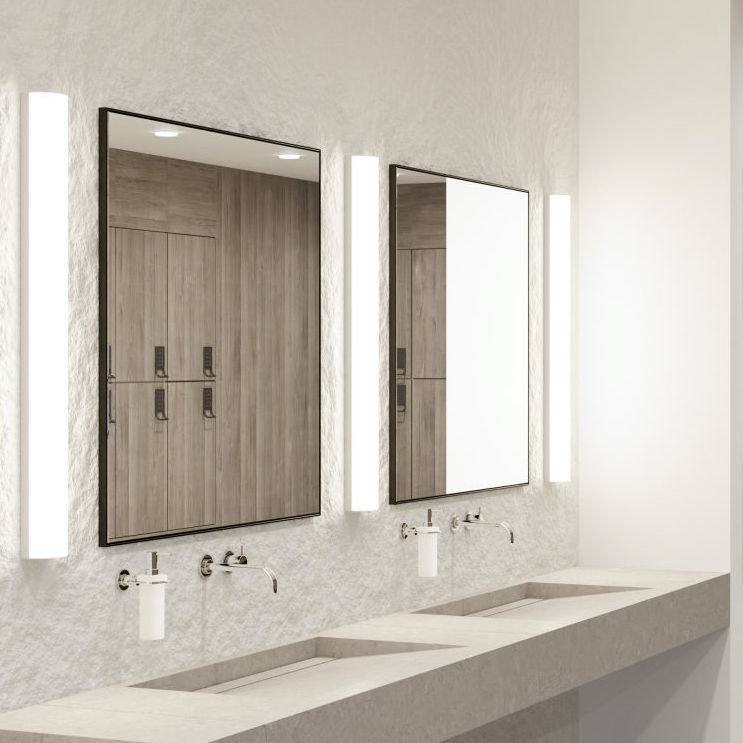
50 142 Linear Wall Luminaire
Wall luminaires with unshielded light are a great alternative to provide general illumination while also providing accent lighting.
View Product

Trim Tim 13, by XD PROFILES
A recessed profile perfect for highlighting architectural details.
View Product

